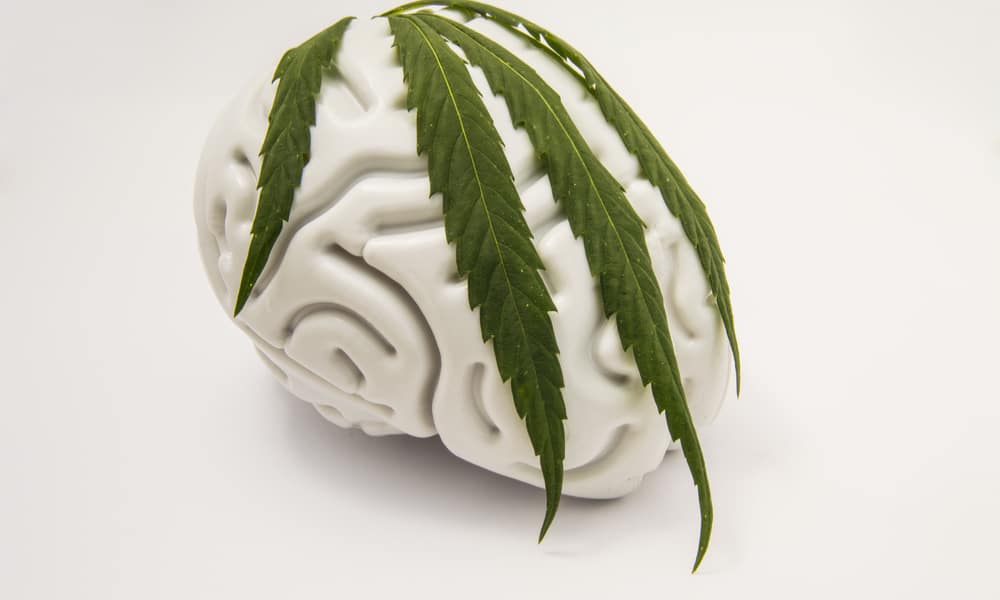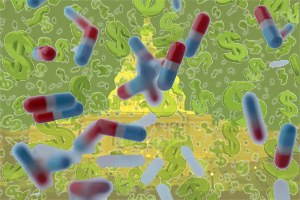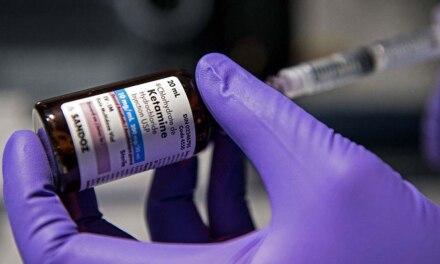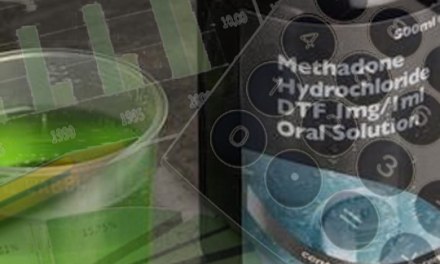That cannabis use can contribute to or even trigger a psychotic episode won’t come as a surprise to staff at the ER or a mental health crisis unit.
High strength cannabis increases risk of mental health problems
That’s a decent summary of important research on the subject. If you prefer a bit more technical view, try this version.
Cannabis, particularly in higher-strength forms, often arrives as a rosin, liquid or solid (“wax”), that can be smoked. THC content will vary widely, but it’s no surprise to find a sample in the 30% range, and well above that in some instances. This study focused on samples over 10%. The correlation with mental disorders was strongest among those who smoked daily.
Of course, only a minority of cannabis users will experience a psychotic episode. Still, with use of high- THC pot growing so fast, it represents a genuine risk. Some retailers in California report up to 40% of their sales are for higher-strength products. I can see why. If you already own a vape pen, it’s tempting to experiment with different loads, to see how high you can get.
Just to clarify, the dictionary describes psychosis in terms of impaired thinking and emotions, to the extent that contact with external reality is suspended. That’s a bit too broad for my tastes. Let’s narrow it down. Symptoms of psychosis include:
- Delusions (false beliefs). Paranoia, for instance: “I’m being followed. I may not be able to catch them, but I know they’re there.”
- Hallucinations (auditory or visual). These can also be paranoid. “I hear voices talking about me, in the next apartment.”
- Incoherent speech: perhaps disorganized, tangential, or circumstantial in form and content.
- “Inappropriate behavior”, which can mean almost anything deemed socially unacceptable.
There’s a dimension of mood to psychosis, which doesn’t get as much attention but frequently includes depression, anxiety, apathy, disrupted sleep, and social withdrawal. Psychotic episodes can be triggered by many different stresses, such as sleep deprivation, certain medications, the abuse of alcohol or other drugs, like LSD. We can add high potency cannabis to that list.
Sometimes the psychosis “clears” as the drug leaves the body (24-72 hours). It can also linger for several months. It’s likely that certain individuals are vulnerable to psychosis and don’t know it until it happens. Experts point to a family history of mental illness as a possible indicator.
Oddly enough, PTSD patients claim that cannabis use provides relief from their symptoms– counter-intuitive, given that it can also aggravate them. It could be that cannabis simply provides temporary relief from anxiety, and it’s enough to make the user feel better. More research is required.
Far from being unique, cannabis is just one of many common substances linked to the potential for a psychotic episode. Alcohol of course, and cocaine, amphetamines, sedatives, PCP or ketamine, the hallucinogens. Again, an individual vulnerability may be in play.
It’s good to remember that the cannabis products available today are quite different from the stuff people recall smoking twenty or thirty years ago. And the evidence suggests that as pot use expands to a larger and larger segment of the population, and the products grow ever stronger, the consequences could be surprising.













